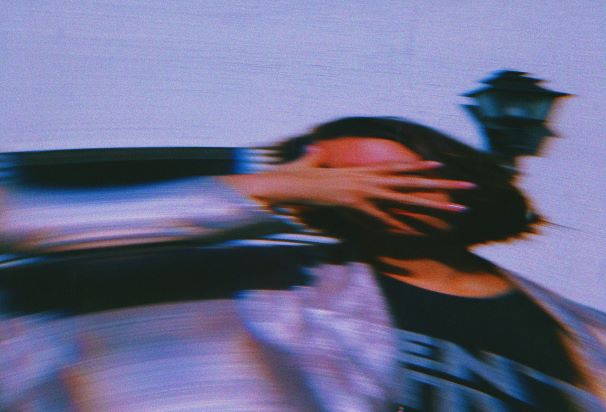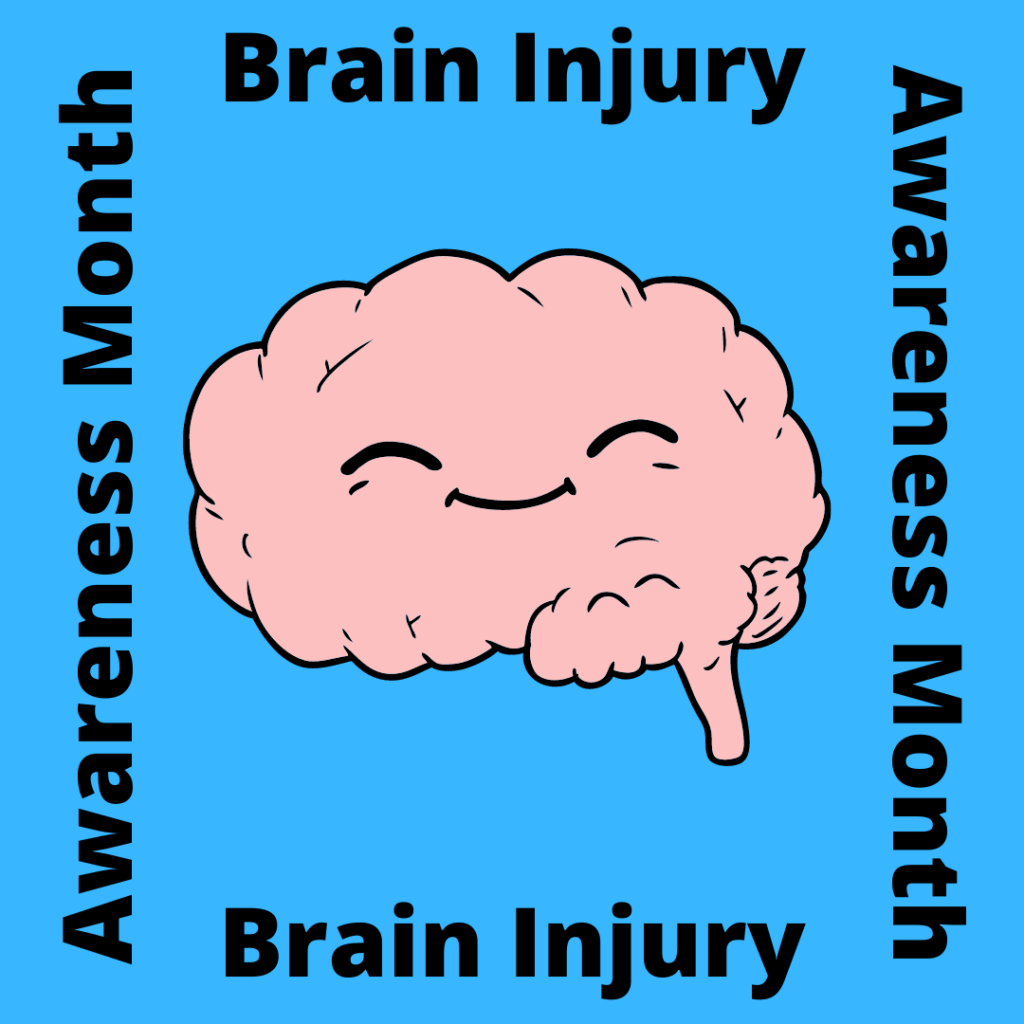Brain injury as a chronic illness
Why a Chronic Illness?
Brain Injury often becomes a chronic illness. What do I mean by the very broad term chronic illness? I am talking about a condition lasting 3 months or more that requires ongoing medical care and limits the person’s daily activities. Although the “least impacted” mild brain injury survivors are able to rebound from their trauma in less than 3 months, they will always be susceptible to increased impact from future traumas (God forbid). Also, these types of injuries are so poorly understood that many of these “fast recovering” survivors experience lingering impact from the trauma.
Mild Brain Injury
And what the heck is mild anyway? So many in the brain injury community take issue with this term that seems to imply, “It’s no big deal.” If you ever had a mild brain injury, you sure as heck know that it feels like a big deal! Dizziness, nausea, and vomiting start the list of symptoms. Confusion, memory loss, inability to process or retain information make that list scarier. Sensitivity to light and visual distortions round it out in a very disorienting and unsettling way.

Causes of Brain Injury
Congenital vs. Acquired
What causes brain injury? Where do we begin? Brain injuries can begin in utero and lead to such things a Cerebral Palsy. According to cerebralpalsy.org, about 10,000 babies a year will develop Cerebral Palsy in the U.S. As I understand it, these injuries are considered congenital while post-birth injuries are considered Acquired Brain Injuries. Certainly, congenital brain injuries are a form of chronic illness.
Acquired Brain Injuries result from internal trauma due to a lack of supply of blood, oxygen, and other nutrients. Stroke, brain aneurysm, tumor, and biotoxin poisoning are examples. According to the CDC, 795,000 people will experience a stroke in the U.S. each year. Additionally, Stroke.org reveals that stroke recovery ranges from 3 months to two years and beyond.
Traumatic Brain Injury
Traumatic Brain Injury (TBI), as the name implies, is a result of external trauma to the head. This trauma may be caused by blunt force impact of an object against the skull regardless of whether the skull is fractured. An object may cause damage by puncturing the skull and piercing the brain. Or TBI, in the form of concussion, results from the external impact causing the soft tissue of the brain to be thrown up against the hard rough interior of the skull causing swelling and brain cell death. TBI accounts for approximately 2.8 million ER visits, hospitalizations, and deaths (CDC.gov) with falls as a leading cause. And according to CDC estimates up to 3.8 million sports and recreation concussions occur each year. Holy moly! That’s a lot!
An Invisible Scar
So, what is the hardest part of a brain injury? Even though this condition can be incredibly complex and terrifying, the most challenging part of my brain injury is the invisibility of the injury. Search on #invisiblescar and you will quickly realize I am not alone. Injury to the brain is rarely obvious to the untrained eye beyond such things as paralysis. Symptoms like intense pain, poor memory, constant exhaustion, and hypersensitivity to sound and light are often carelessly minimized or even dismissed by friends and families. To the injured, this response creates a very lonely, disorienting experience of loss in connection and validation. In my experience, these symptoms, though classic signs, were overlooked by my doctors. What the heck?

Difficulty Diagnosing Brain Injury
Another reason, brain injury becomes a chronic illness relates to the time to diagnosis. For example, it took over a year and a half to pinpoint what caused my brain to suddenly and dramatically lose functionality; a watershed stroke. Then it took another 6 months to learn that a major double concussion from years ago is still causing significant inflammation in my brain. Why did it take so long? A major factor in this delay is a lack of awareness and understanding of brain injury symptoms within the scientific and medical community. Major advancements in research, as well as the Concussion Awareness and Brain Injury Awareness movements, have only taken hold in the last 5-10years.
Public Awareness
A major boost in publicity came with the buzz around Chronic Traumatic Encephalopathy (CTE) in athletes, specifically professional football players. I don’t know about you, but 30 years ago when I was colliding heads with opponents as we competed for a header on the soccer field, there was zero concern about concussions! The understanding of both short and long-term effects just was not there. Thankfully public awareness is teaching the injured to ask more questions and seek help. As research grows, more and more doctors are tuning into what to look for, and most importantly, tools and resources for recovery are becoming more widely available.
Brain Injury Recovery
Physical Rehabilitation centers have trained practitioners to help the brain-injured improve mobility, speech, and other damaged functions. Technologies like neurofeedback are having a huge impact on restoring brainwave activity to “normal” ranges. Personally, I have found this tool life-changing. Another example, Hyperbaric Oxygen Treatment (HBOT) increases the oxygen saturation of the blood and brain. And there are a ton of awesome Apps that assist in recovery by exercising and stimulating the brain including Lumosity and more.
Hope for Survivors
Brain injury is a serious condition dramatically impacting millions of lives each year. Once a brain has sustained an injury, it becomes more susceptible to the impact of future injuries. A focus on fast action and recovery is so important. It is critical to know the signs. Here are some guides: 5 Stroke Signs and Symptoms, Common concussion signs in and adults and children, and Persistent Post-Concussion Syndrome Symptoms.
Awareness of and sensitivity to the invisible scar of brain injury is crucial to helping an injured loved one recover his/her sense of connection. Recovering from a brain injury often is a slow and complex process that requires time, patience, and perseverance. Research is expanding and improving each year. Healing modalities are increasingly more available. Though much work remains, there is hope and promise.


